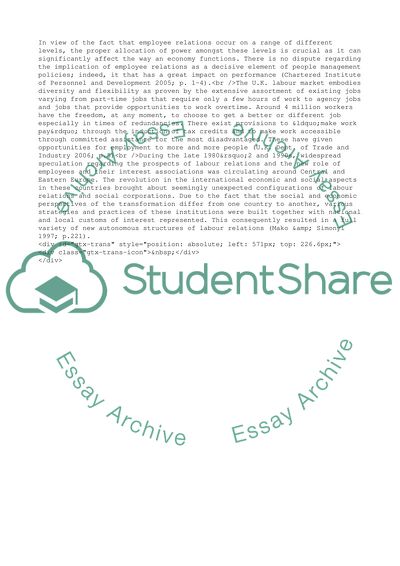Cite this document
(Third Party Institutions for Employee Relations Literature review, n.d.)
Third Party Institutions for Employee Relations Literature review. https://studentshare.org/management/1716865-critically-evaluate-the-effectiveness-of-third-party-employee-relations-institutions-in-representing-and-supporting-workers
Third Party Institutions for Employee Relations Literature review. https://studentshare.org/management/1716865-critically-evaluate-the-effectiveness-of-third-party-employee-relations-institutions-in-representing-and-supporting-workers
(Third Party Institutions for Employee Relations Literature Review)
Third Party Institutions for Employee Relations Literature Review. https://studentshare.org/management/1716865-critically-evaluate-the-effectiveness-of-third-party-employee-relations-institutions-in-representing-and-supporting-workers.
Third Party Institutions for Employee Relations Literature Review. https://studentshare.org/management/1716865-critically-evaluate-the-effectiveness-of-third-party-employee-relations-institutions-in-representing-and-supporting-workers.
“Third Party Institutions for Employee Relations Literature Review”. https://studentshare.org/management/1716865-critically-evaluate-the-effectiveness-of-third-party-employee-relations-institutions-in-representing-and-supporting-workers.


